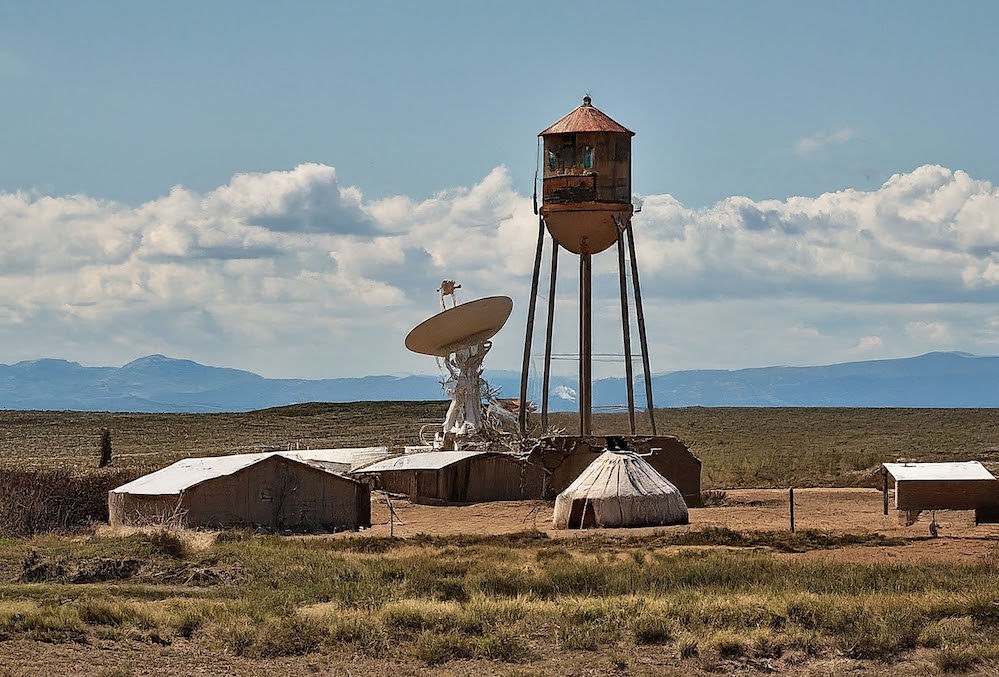
- Details
- By Chez Oxendine
- Sovereignty
"Broadband is like water."
That’s a phrase I’ve heard recently while talking with people in Indian Country about tribal broadband. Everything is rapidly becoming tethered to internet access: healthcare, learning, employment opportunities, economic development. Even cultural preservation, such as language learning and historical databases, has gone at least partially online.
For many tribal communities, broadband access is nearly as crucial as access to any other necessary resource, like sustainable food systems, or water rights. This makes the digital divide a bigger problem than ever before.
While federal funding for tribal broadband infrastructure has surpassed $2 billion, experts tell me more is needed. It’s not just about money; tribes need to own the infrastructure and the data that flows through it.
That can be a challenge even with all the federal money on the table and, to be clear, there’s not enough money on the table. Tribes trying to start up their own circuits have to build networks that accommodate diverse geographical landscapes and far-flung rural residents. They have to overcome a lack of consultation and consent. And then there's the matter of training staff to maintain those networks once they’re up and running.
That’s why it’s so tempting for tribes to find partners to do all the work. But one thing tribes trying to get online don’t want to do is “be a customer,” Kimball Sekaquaptewa (Hopi), chief technology officer of the Santa Fe Indian School and chairperson of the New Mexico Connect Council, told me last year. It’s stuck with me.
Finding a managing partner to get the project off the ground can help, Sekaquaptewa told me, but control should revert back to the tribe as soon as the work is done.
“It’s a bigger goal than just infrastructure,” Sekaquaptewa said. Ownership also means tribal jobs, as well as control over access, pricing, and tribal digital sovereignty. Hopefully, it also means profits that can be reinvested in other tribal services.
There’s help out there for tribes grappling with new technologies and the associated new problems. The new Center for Tribal Digital Sovereignty at Arizona State University (ASU) plans to establish a centralized repository of data on funding opportunities, workforce development, and potential partnerships. Tribally-led consulting firms like Tribal Ready are also helping tribes with network engineering and contracting. Tribal Ready CEO Joe Valandra (Sicangu Lakota) has told me many times that getting tribes online on their own terms is “absolutely vital.”
In many ways, the push for tribal control of its digital future mirrors recent efforts to reclaim sovereignty in other realms of Indian Country, including healthcare, food sovereignty, and, yes, even water.
Digital sovereignty encompasses all aspects of a Tribal Nation's digital plan and footprint, such as tribal codes, managing data protection, digital equity, network infrastructure, development of funding sources, and capacity building.
“There's a whole ecosystem of things that wrap around what we used to just call broadband,” Center for Tribal Digital Sovereignty’s Dr. Traci Morris (Chickasaw) told me in a recent interview. “It's way more than broadband now. There’s network sovereignty, which is control over the infrastructure. There’s data sovereignty, which is control over the information that goes out.”
“Tribal digital sovereignty is all-encompassing,” she said in another story. “It's about governance, economics, and self-determination in the digital world.”
If you have insights, stories, or questions about tribal broadband and digital sovereignty, I'd like to hear from you—reach out to me, Chez Oxendine, and let's continue the conversation.
